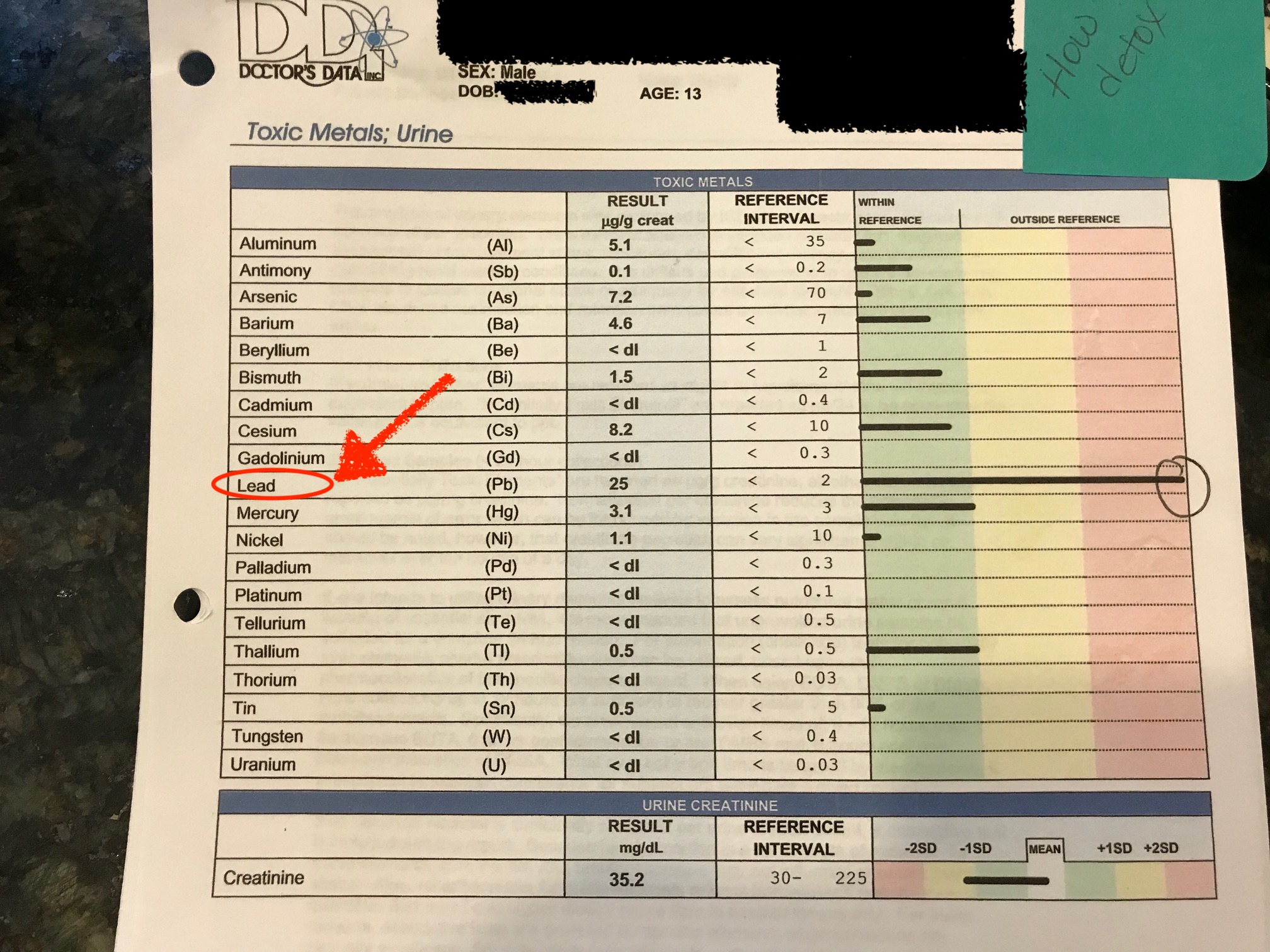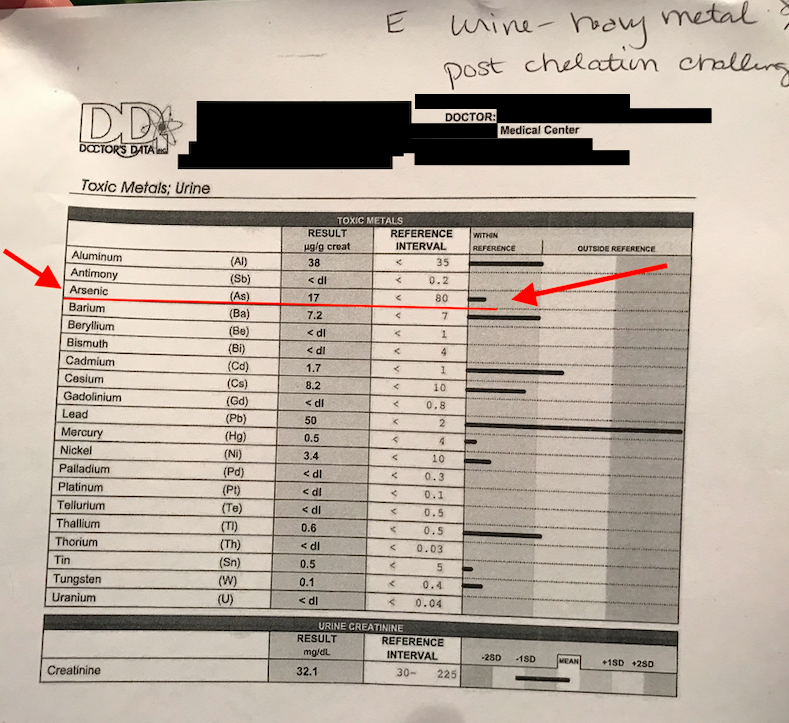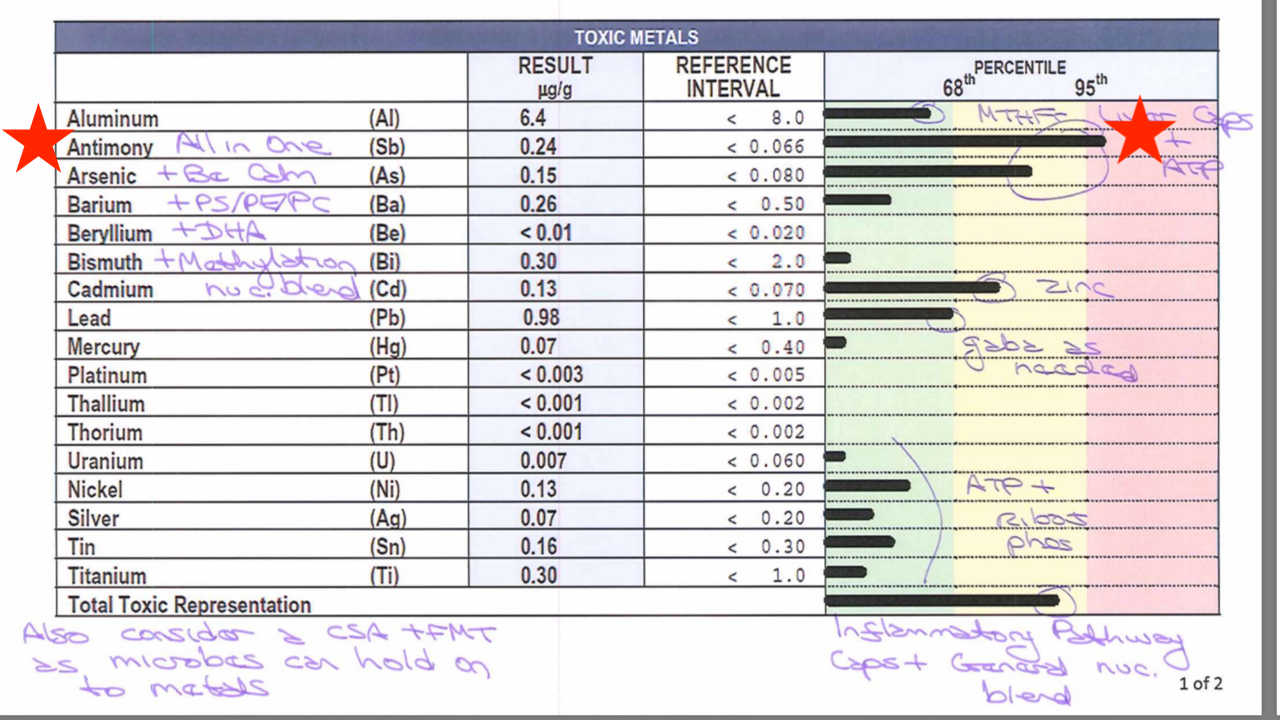I heard that urine and hair tests for heavy metals (including Lead) were not considered “real” or “useful” results. Why is this?
This is an ad-free article.
To make a contribution to help us keep our most widely-read articles ad-free (and to help cover the costs of our work doing independent consumer goods testing), click here. Thank you.
For those new to the Lead Safe Mama website:
Tamara Rubin is a multiple-federal-award-winning independent advocate for childhood Lead poisoning prevention and consumer goods safety, and a documentary filmmaker. She is also a mother of Lead-poisoned children (two of her four sons were acutely Lead-poisoned in 2005).
- Tamara owns and runs Lead Safe Mama, LLC — a unique community collaborative woman-owned small business for childhood Lead poisoning prevention and consumer goods safety.
- Since July 2022, the work of Lead Safe Mama, LLC has been responsible for six product recalls (FDA and CPSC).
- All test results reported on this website are science-based, accurate, and replicable.
- Please check out our press page to see some of the news coverage of our work, linked here.
Here’s a urine test from a 13-year-old boy in Pennsylvania:
A urine test from a 50-year-old woman in California:
“I’ve heard that urine and hair tests for heavy metals (including Lead) were not ‘real’ or ‘useful’ test results. Why is this?”
I have personally heard urine and hair test results for heavy metals (including Lead) derided and dismissed by professionals in the Lead poisoning prevention community often enough that, as a full-time Lead poisoning prevention advocate, I assumed those assertions likely reflected some solid, well-established, undisputed truth — presumably based on a consensus of informed or irrefutable scientific opinion.
Two years ago my perspective shifted. Around that time I helped a handful of families through my work — families who, as it would turn out, shared some intriguing correlations that prompted further inquiry. These multiple separate, unrelated cases forced me to re-examine my opinion about the potential value of these tests, ultimately turning it on its head!
Here is a link to an article characterizing one of these tests as useless and potentially dangerous:
- October 12, 2013 — Recommendations for Provoked Challenge Urine Testing
- Conclusion: “Since there are no established reference ranges for provoked urine samples in healthy subjects, no reliable evidence to support a diagnostic value for the tests, and potential harm, these tests should not be utilized.“
Here are some articles with different perspectives and additional information:
- August 2015 — Is challenge testing valid for assessing body metal burden? By Joseph Pizzorno
- June 2009 — The benefit of pre- and post-challenge urine heavy metal testing: Part 2
- March 2009 — The benefit of pre- and post-challenge urine heavy metal testing: Part 1
- August 2017 — Assessment of Typical Heavy Metals in Human Hair of Different Age Groups and Foodstuffs in Beijing, China
- April 2002 — The pitfalls of hair analysis for toxicants in clinical practice: three case reports
Here’s my current thinking on this type of testing
(including how my opinion was shifted):
Before we dive into this conversation, the most important point to note is that the potential impact of aggregate exposure to toxicants in consumer goods within the home (including dishes, bedding, and other items typically used every day by people) HAS. NOT. BEEN. STUDIED. The potential for specific exposure sources to show up in various testing methodologies (hair tests, urine tests, blood tests), hasn’t seen further study, either. Any of the above studies are outside the realm of inquiry of the impact of chronic, long-term, daily human exposure to toxicants in consumer goods.
Families across the country often come to me after they have explored and exhausted all of the local, regional, and federal resources available — without getting any answers (or identifying the source(es) of a variety of health impacts for their children or their entire families):
- In most cases, these families have already spoken with their local health departments (cities, states, counties) and have not found answers.
- In most cases, they have already talked to a variety of doctors (family doctors, medical specialists, sometimes alternative medicine practitioners — such as naturopaths, acupuncturists, etc.), and still not found answers about the sources of the illnesses (often after a child or other family member has received a medical diagnosis of confirmed or suspected Lead-poisoning).
- In almost every case, they have done extensive testing (both of their bodies and their homes) and still have not found answers.
- In some cases, families have been referred directly by a physician or someone at a health department who is familiar with my work
I am found (probably 99% of the time — for the portion of my work where I help families one-on-one) by families at the end of an incredibly exhaustive search in their journey looking for answers about a particular ailment, a cluster of symptoms, or as-yet-unidentified source of confirmed exposure to heavy metals.
And what’s Tamara’s role in all of this?
For your consideration:
- Plastic food packaging (especially peanut butter jars and similar)
- Synthetic bedding (pillows, mattresses, and blankets made of synthetic fibers or filled with Poly-fil)
- Any furniture or other items treated with flame-retardant chemicals
- Stuffed animals or toys made of synthetic fibers and filled with Poly-fil (especially if these toys are slept with or mouthed/ chewed on at all)
Whether or not a definite, measurable health benefit would certainly follow after removing these items from their lives is unknown. The fact that Antimony causes cancer in rats, and has many demonstrable negative human health implications (especially at higher/industrial levels) is known. Unfortunately, it is also indisputable that the human health impacts of prolonged exposure to trace levels of Antimony (often found in a variety of household products) have not yet been well studied either.
- Has the Antimony in the bedding of one person contributed to the Antimony in their blood? Maybe. Can this be proved beyond a doubt? That’s much harder to say.
- Would the family be more comfortable (especially if they have a child who already has known and diagnosed health impacts from heavy metals — like Lead poisoning) knowing their bedding is all-natural (organically-grown and chemically untreated wool, cotton, silk, hemp, etc.) and not likely to (even potentially) contribute any heavy metals to the bloodstream of their child? Definitely!
- Should they be allowed access to that information and given the choice as a consumer? Yes — of course!
- Did their urine (or hair) test lead them down this path of research or inquiry toward a healthier lifestyle (choosing non-toxic products)? Probably.
- Does that mean the urine test (that their doctor chose to order) may have clear value — despite its being regarded by many in the medical community as “controversial” (in terms of the extent of any definite medical diagnostic utility (at least as of this 2013 linked article)? Yes, I think so.
And also for your consideration:
To further illustrate the above concepts…
#1) In the black and white photo example above (a urine test), the results are positive for a low level of Arsenic, and a high level of Lead. This family lived in a newer construction house. This family had an extensive collection of wooden antique objects that tested positive for Arsenic in the finish. This family was eating off of very high-Lead-content antique dishware.
#2) In the example (color photo) below (a hair test), the child tested positive for a very high level of Antimony. The family was sleeping in a family bed that tested positive for Antimony at approximately 3,000 ppm (a very high level of Antimony for a modern bed). There was also Antimony in his pillows, blankies (that he snuggled with all day and each night), and his couch. His parents shared that the child (non-verbal with significant disabilities) spent most of his time naked (allowing for possibly more exposure opportunities to Antimony from these sources via higher than-normal skin contact with Antimony-contaminated household items than might otherwise be the case). As the focus of my work is usually on Lead (Pb), I would not have thought to look for Antimony in the items noted above, but the hair test his parents shared with me (the image below) prompted a certain level of curious concern and it was then (starting with my first visit to this family) that I began looking for (and recording) Antimony levels in consumer goods across the board.
Continue reading below the image.
#3) With the urine test example below, the child tested positive for a high level of Lead — despite living in a newer construction house. High levels of Lead were subsequently found in the dishes and glasses the child used every day.
Why are these tests discredited when they appear to possibly provide useful correlative information?
This perception is misguided and lacks a broader focus.
Everything starts with the family doctor.
I’m not a doctor — and conversely, doctors don’t do what I do — but our work is complementary.
Here’s why these test results can provide valuable insights (despite the opinion expressed in the article from 2013 above):
Knowledge is power.
A baseline can be an important tool, too.
#LeadSafeMama
Never Miss an Important Article Again!
Join our Email List









Very insightful article!! Wondering if you’ve heard of this laboratory which conduct heavy metals testing via urine or a drop of blood using a lancet, all taken at home and available direct to consumer??
https://www.zrtlab.com/test-specialties/heavy-metals-nutrients/
They say they use mass spectrometry, not sure how accurate if only using a drop of dried blood from prick vs traditional venous draw. I believe the prick test analyzers are known to come back higher than when done venously? Anyway, perhaps there’s some opportunity for an affiliate relationship, if you like their testing. You have all the moms/followers who would love to order direct and monitor children’s levels over time which is hard since blood draws r no fun for kids and doctors push back even ordering them. Also, I couldn’t t find a clinic that did the blood prick initial screening. Thanks for all you do!!!
Hi Cora, I have not heard of them. Thank you for commenting.
– Tamara
Great insights.thanks.
This is quite helpful for parents trying to do what’s best for their child. I think it’s also very helpful to inform parents that lead testing for children is usually free, under health insurance. Thanks to Obamacare, even high-deductible HSA plans offer free, preventative care, such as annual physical exams and vaccinations. Under age 18, I think lead testing is considered part of a regular physical, if the parent indicates they have a concern about possible exposure to lead. Last I read, doctors will do lead testing automatically if a child lives in a zipcode identified as high risk for lead exposure.
I fear that many parents would like for their kids to get tested at some point, but don’t realize it’s free, for now, on their health plan. All they have to do is ask their pediatrician for it.
Which home hair test kit would you recommend?
Tamara,
Thank you for the work you’re doing and the awareness you’ve created. I am interested in learning more about exposure paths or methodologies. The presence of a material is certainly a concern but understanding and learning to prevent exposure is key for me. Any reference you can share would be appreciated.
John
You might start with this:
https://tamararubin.com/2021/06/but-is-this-dish-or-toy-or-lamp-or-vitamin-or-piece-of-jewelry-or-tibetan-brass-singing-bowl-actually-going-to-poison-me-and-how-would-that-happen-exactly/
And also watch my film:
https://tamararubin.com/2023/01/a-link-to-my-film/
Tamara
Also this:
https://tamararubin.com/2019/12/does-vintage-and-new-functional-pottery-and-dishware-have-unsafe-levels-of-lead-why-is-that-a-problem/
and this:
https://tamararubin.com/topics/crystal/
I have never heard of these tests being discredited per se as analytical lab methods are very well advanced–just potentially difficult to interpret the results because you have to have baseline data to compare against and urine is very short term and hair is comparatively long term. High results can be eyeballed but lower level results have to be compared against baseline levels based on the heavy metals that normally occur naturally in fruits and vegetables as well as other daily environmental exposures. A person who does organic food growing in undepleted soils is generally going to have higher heavy metals levels that someone who lives on mostly processed foods but the former is necessarily going to be unhealthier than the latter–the opposite should be true. So it takes an experienced practitioner to interpret the results and not unnecessarily raise red flags when the measured levels could reflect normal healthy living with the unavoidable daily uptakes in our somewhat polluted environment we live in.
Good article. My integrative doctor that believed in this testing explained the benefits of doing an unprovoked urine test and a provoked urine test. If the body is not releasing toxins like heavy metals well, the unprovoked may only show low levels which can be deceptive. If followed by a provoked test it will show what the body has stored in tissue and bone. It’s important to do both to get a clear picture.
Penni, Would you share what lab your integrative doctor used for these tests?